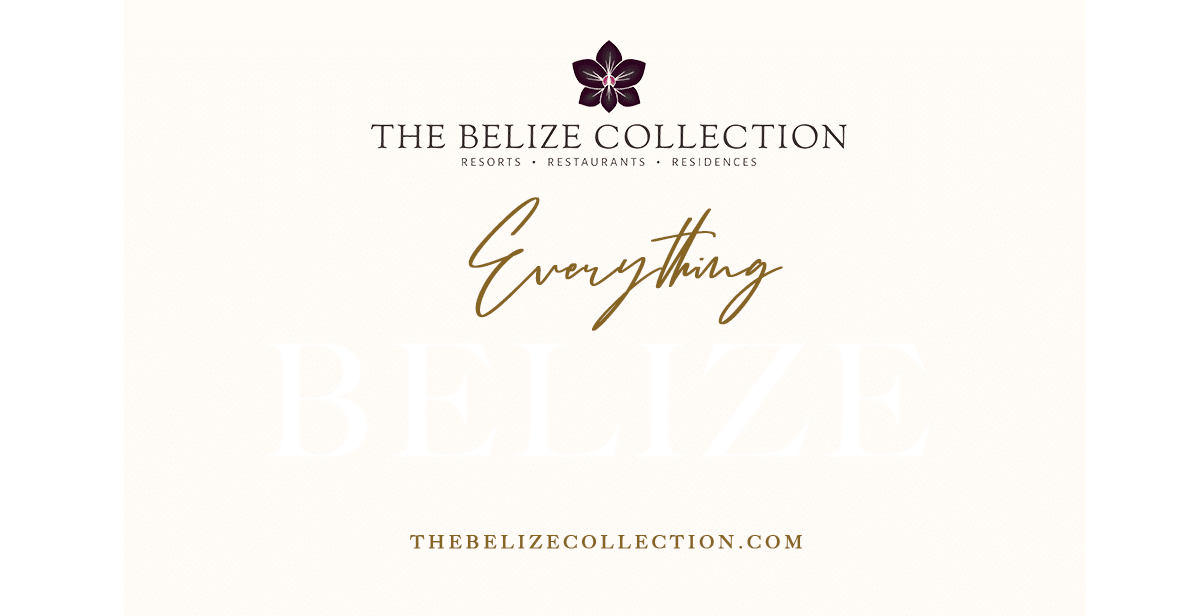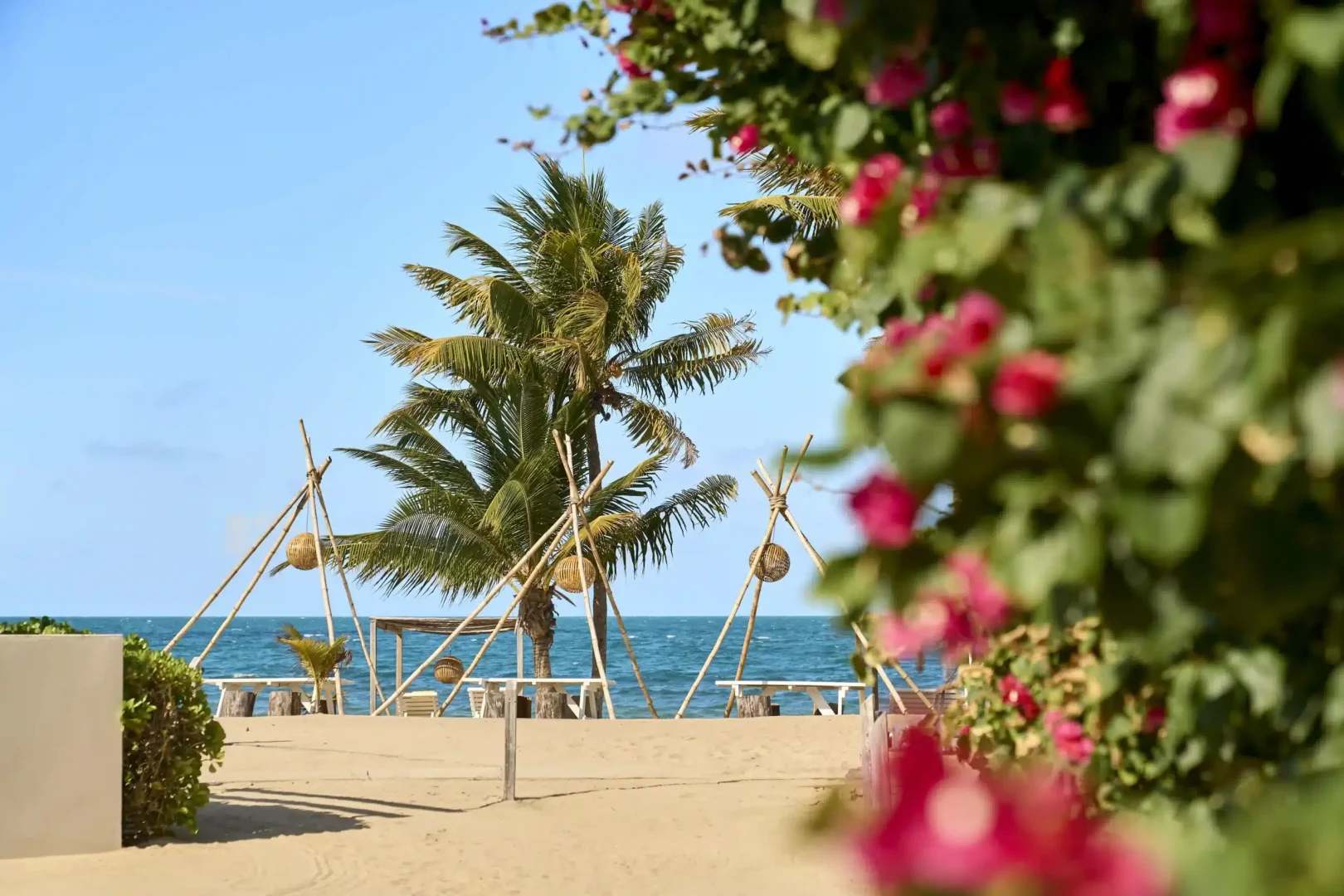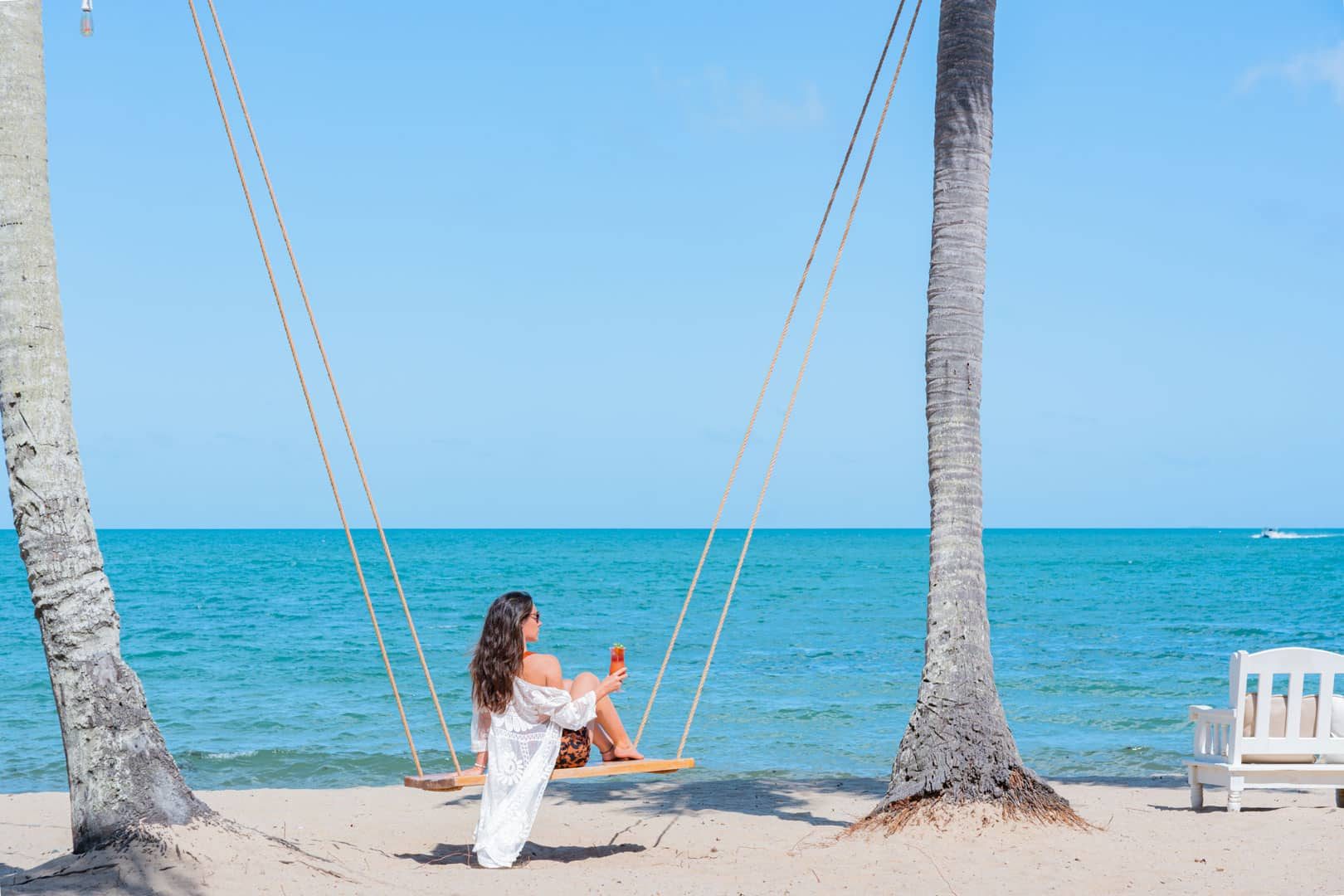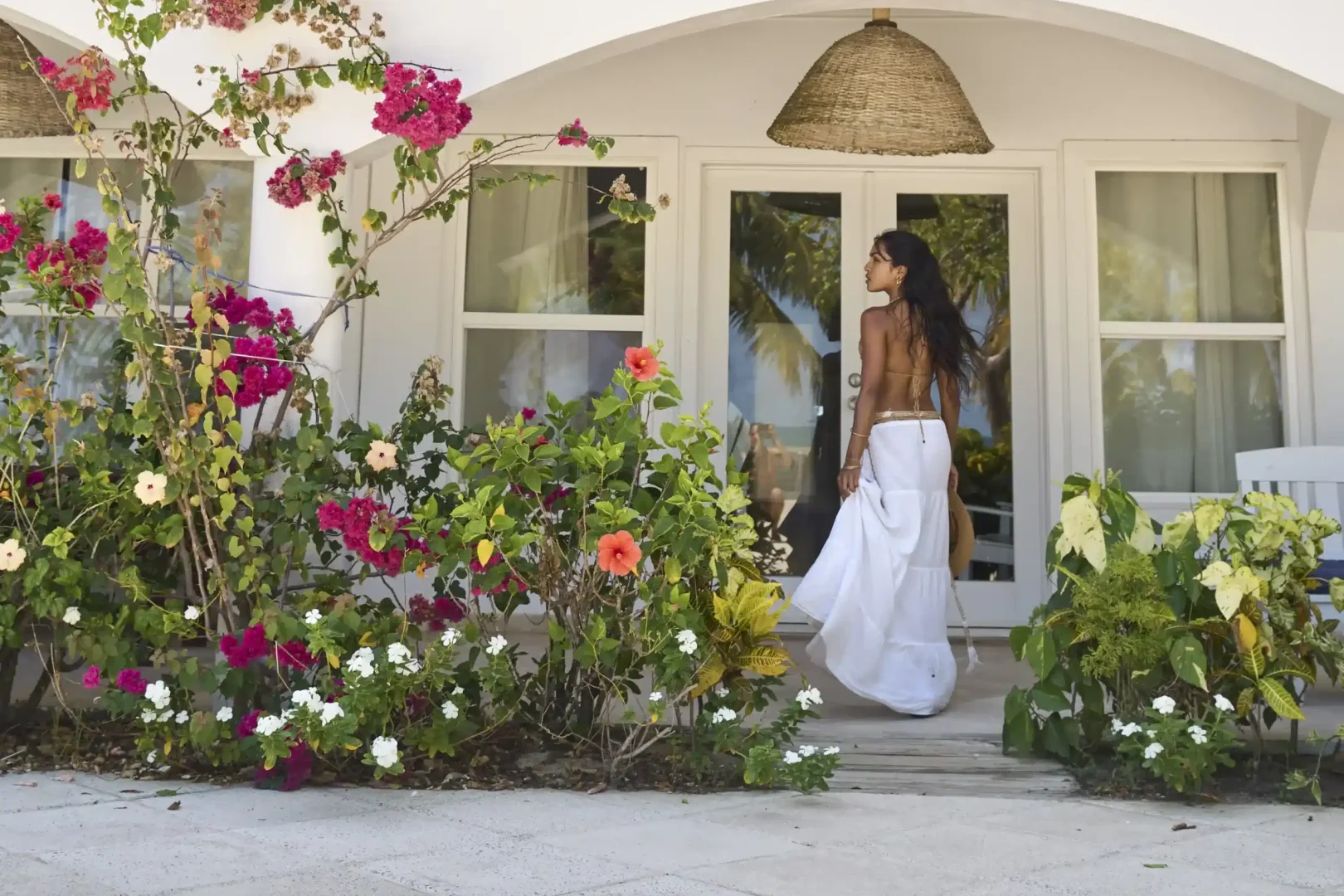In Belize, each of the country’s various cultures has moments of celebration that are distinct and add to the overall tapestry of the nation. Even at this time of annual observance, each enlivens the season through activities that are in conversation with the season’s themes of rebirth, celebration, and feting for fete sake. The Garifuna of Belize who first came here to escape persecution in St. Vincent is one such community that brought with them an assortment of rituals intended to commemorate their lives and history. One of the most spectacular among them, the Janukunu festival, comes along at the tail end of each year to remind Belizeans how important they are to the country.
Typically occurring on December 26, the festival held in Dangriga is a means of commemorating African ancestors’ resistance to European slavery, which varied from militant upheaval to theatrical forms intended to mock their master. Borrowing from the Creole, the Garifuna have made it an event to remember through an annual competition.
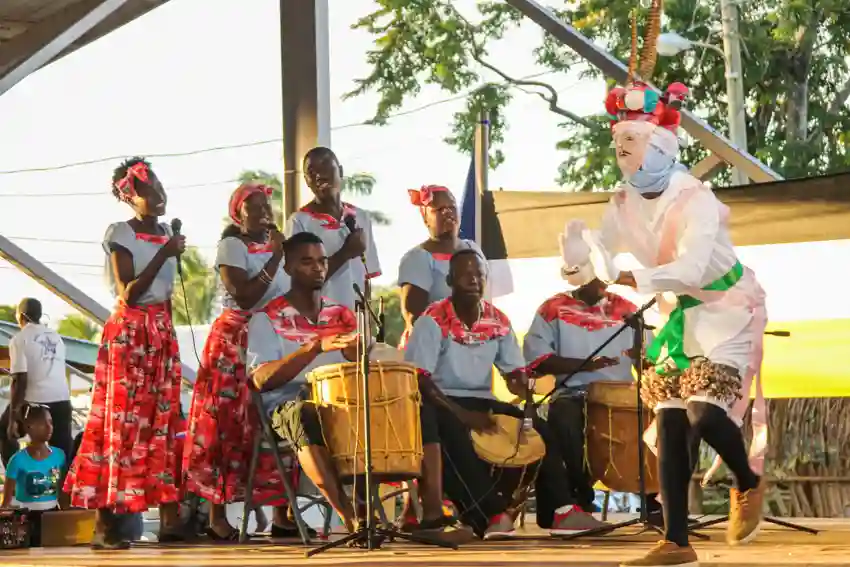
What is immediately striking about the dance is the way in which the participants are dressed. Each person dancing wears dark-colored trousers and a white shirt to evoke the uniforms of the British colonial military. Then over their head, every performer wears a pink mask with a painted face, sometimes sporting a little mustachio. Over that, they then place an African Arab Bedouin-style wrap.
Most eye-catching of all is the headdress every performer wears, consisting of a crown with rosettes and mirrors. Feathers are placed all over the headdress. Leggings adorned with many seashells are worn over the trousers. The overall impact of the costume is one that’s both joyous and intentionally a bit garish akin to the best drag.
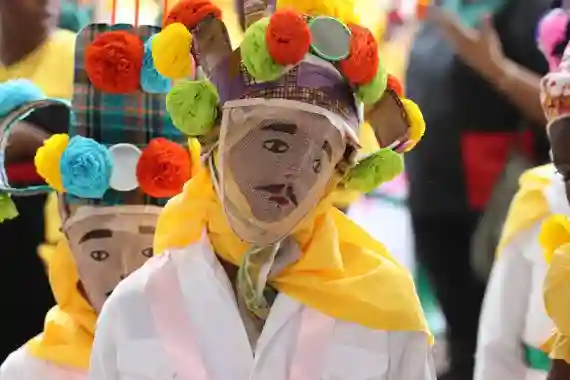
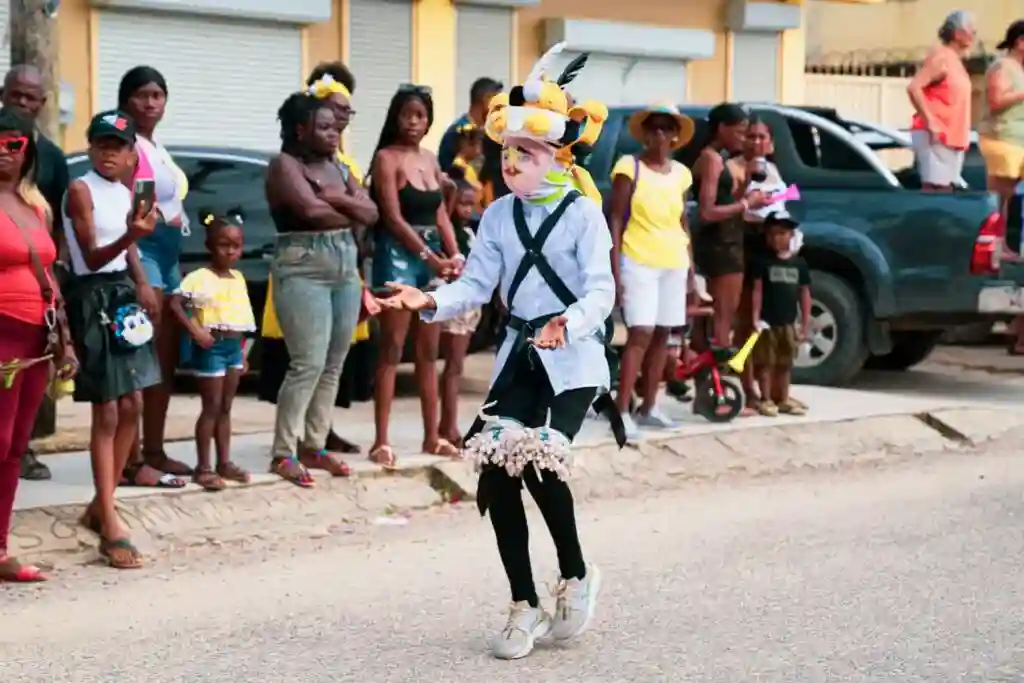
In the dance, exclusively performed by men, participants dance to a 4/4 tempo beat, moving primarily their knees and ankles. The accompanying drummers do their best to keep up with the dancer. At the festival, dancing participants are given ten minutes to demonstrate their skills to the viewing audience. The dance is intended to demonstrate male prowess, and the drummer on the Primero follows the rhythm of the performer in a rare inversion of how music and dance usually work in Garifuna dances.
Throughout the dance, the dancer bends and flexes their knees and ankles, alternately placing their arms out in front of them or to the small of their backs. As the shells shake with the dancer’s footwork, a disorienting percussive array weaves its way through the crowds with dancers, signers, and drummers all combining to create an aural atmosphere distinctly Garifuna.
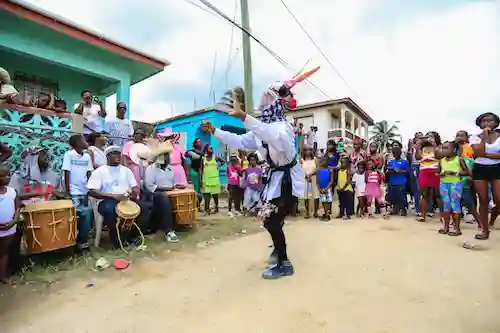
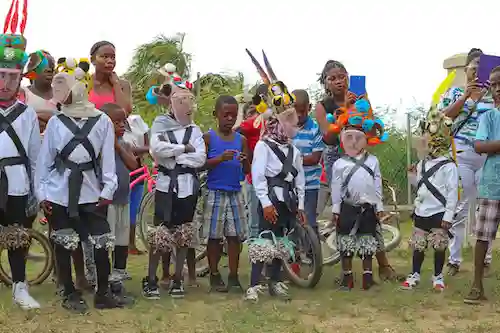
The Jankunu festival is primarily a celebration, but it’s also a competition among two major Garifuna communities, Dangriga and Seine Bight. Each community vies for the title every year, sending in dancers with ever more elaborate costumes and footwork to topple the competition. Through this dance, they invoke their past while celebrating their continued existence and future.
The Belize Collection with its Hopkins-based resort The Lodge at Jaguar Reef hosts several tours that also give visitors an opportunity to engage in Garifuna culture. Guests can learn more about their food through a Garifuna Cooking class or learn all they’re willing to share through the Ultimate Garifuna Immersion tour. In the birthplace of Andy Palacio and the Garifuna Collective’s world-renowned Watina, you’ll gain a deeper appreciation for one of Belize’s most beloved cultures.

